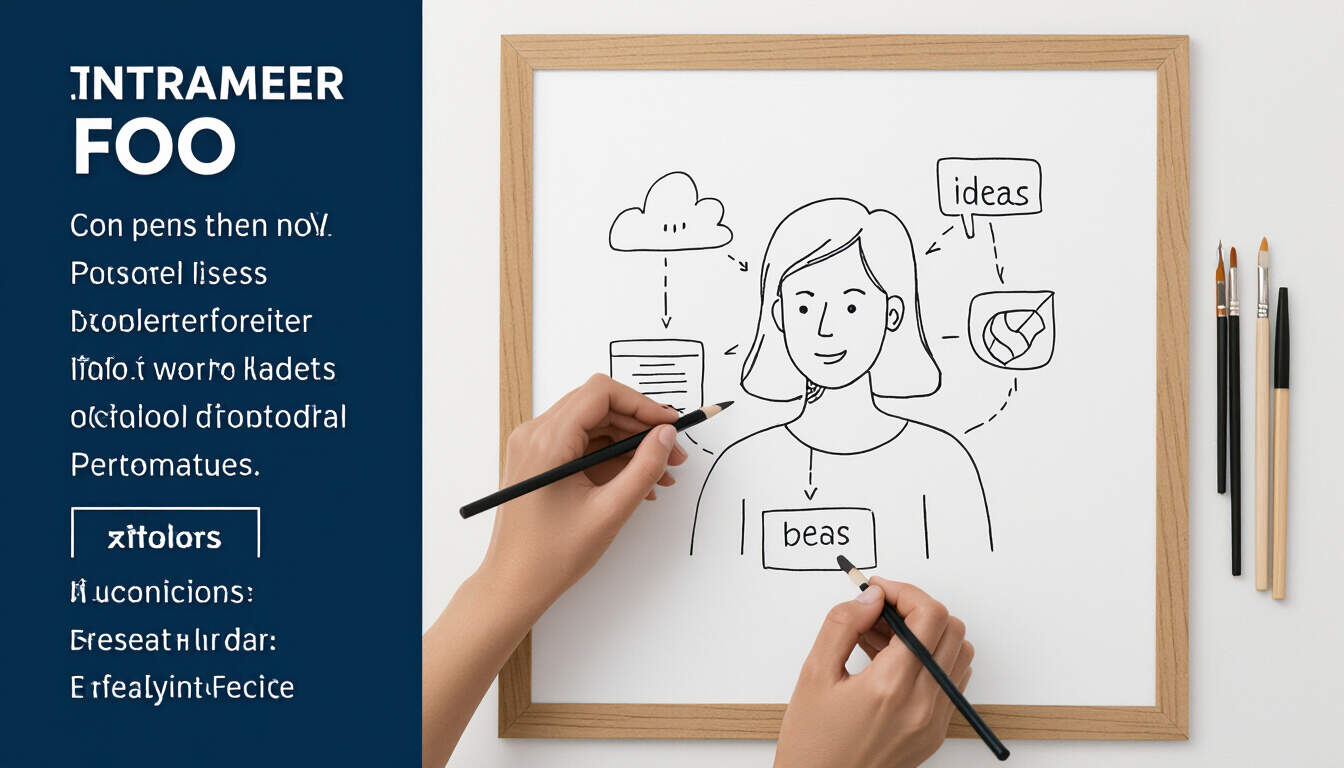Overcoming Startup Validation Pitfalls with Zero-Code Tools
 by Verner Mayer
by Verner Mayer
Discover how zero-code tools can help entrepreneurs avoid common pitfalls in validating startup ideas. Learn practical strategies for building and testing MVPs efficiently, saving time and resources while gaining valuable insights from users.

The process of validating a startup idea is essential for success, yet many face challenges that hinder progress. For instance, entrepreneurs might rush into development without proper testing, leading to wasted efforts.
One major pitfall involves assuming an idea will work without gathering user input. This can result in products that fail to meet market needs. To counter this, zero-code tools offer a way to create prototypes quickly and test assumptions early.
Another issue is spending too much time on features that aren't necessary. This often happens when teams build complex solutions from the start. Instead, focusing on a minimal viable product (MVP) keeps things simple. MVP validation through zero-code platforms allows for iterative improvements based on real feedback.
Consider the challenge of analyzing data effectively. Without the right approach, startups might overlook key metrics. Tools like simple survey builders enable quick collection and review of user responses. This helps in making informed decisions without deep technical knowledge.
Exploring Common Pitfalls in Detail
Startups frequently encounter the problem of inadequate testing. For example, launching a product without beta users can lead to surprises later. By using zero-code tools, creators can set up landing pages or basic apps in hours, allowing for early user interactions.
Budget constraints also play a role, as hiring developers can be costly. This pitfall pushes teams to delay validation until funds are available. However, zero-code solutions democratize access, letting anyone build and test ideas affordably. Such strategies encourage experimentation and reduce financial risks.
Overlooking competition is another oversight. Teams might develop something similar to existing products without realizing it. Conducting basic market research alongside MVP validation helps identify gaps and unique selling points.
Practical Strategies with Zero-Code Tools
To address these pitfalls, start by selecting the right zero-code platform. Options include visual builders that let you drag and drop elements to form an MVP. These tools support features like user forms and basic analytics, making validation straightforward.
For instance, begin with a simple prototype to gauge interest. Create a landing page where visitors can sign up or provide feedback. This method tests demand without full development. Once you have responses, refine the idea based on what users say.
Another strategy involves A/B testing variations of your concept. Use zero-code tools to make quick changes and compare results. This approach provides data on what resonates with audiences, guiding further steps.
In practice, many startups have succeeded by adopting these methods. A team might build a prototype app in days and share it with potential customers for input. The feedback loop accelerates learning and minimizes errors.
Motivational Tips for Implementation
Taking action with zero-code tools can transform your validation process. Begin small, focusing on core features that solve a specific problem. Track progress through user engagement metrics to see what's working.
Remember, the goal is to learn and adapt. Each test brings you closer to a viable product. By avoiding common pitfalls, you build confidence in your idea and prepare for scaling.
In summary, using zero-code approaches for startup pitfalls management empowers entrepreneurs to validate ideas efficiently. This not only saves resources but also fosters innovation. With persistence and the right tools, turning concepts into reality becomes achievable.
